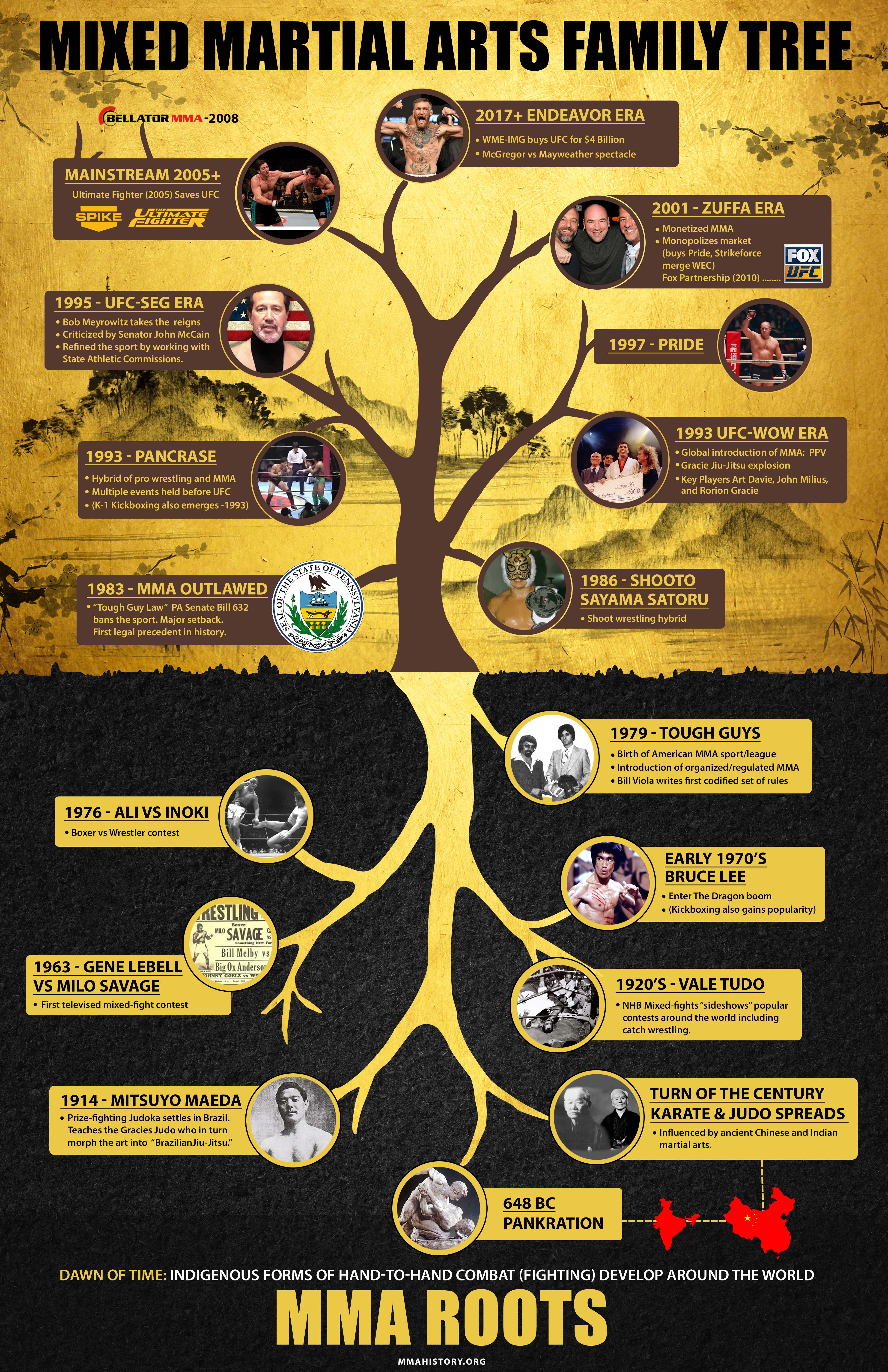Exploring The Distinctions Between Conventional Martial Arts And Contemporary Combat Sports
Exploring The Distinctions Between Conventional Martial Arts And Contemporary Combat Sports
Blog Article
Posted By-Skovbjerg Snedker
When you think about martial arts, do you lean extra towards the standard methods or the modern battle sports? Each path uses special benefits and experiences, formed by their ideologies and training methods. Standard martial arts highlight individual development and self-control, while modern fight sporting activities concentrate on competition and efficiency. Understanding these distinctions can assist you in selecting the right method for your trip. However just how do these differences show up in training and viewpoint?
The Ideology and History Behind Traditional Martial arts
While lots of people link martial arts with physical fight, the viewpoint and history behind conventional martial arts run much deeper. https://martial-arts-kids-classes98642.dailyhitblog.com/40927554/comprehending-fear-and-empowerment-exploring-the-psychology-of-self-defense 'll discover that these techniques highlight personal growth, discipline, and regard.
Originating from old methods, traditional martial arts were usually established for Self-Defense and spiritual advancement. They embody principles such as equilibrium, harmony, and self-discipline, leading professionals beyond simple battling abilities.
As you train, you'll not only find out strategies however additionally get understandings into the culture and worths that formed these arts. https://metropolisjapan.com/koichiro-karu-bringing-brazilian-jiujitsu-in-japan/ and practices, typically passed down with generations, cultivate a sense of community and belonging.
The Competitive Nature of Modern Combat Sports
Modern battle sports have transformed the landscape of martial arts right into a highly competitive arena, where athletes face off in a test of ability, method, and endurance.
You'll discover that competitors are frequently organized with stringent rules and laws, making sure justice and security. https://champion-martial-arts-for77665.blogoxo.com/35688731/benefits-of-enrolling-children-in-martial-arts-courses draw in huge target markets, sustaining the excitement and strength of matchups.
Athletes train carefully, not just for physical prowess however likewise for psychological toughness, understanding that every information counts in the ring. The adrenaline thrill throughout competitions is apparent, as boxers press their limits to claim triumph.
Fans value the athleticism and creativity included, making modern battle sporting activities a thrilling spectacle that continues to develop and mesmerize enthusiasts worldwide.
Training Approaches and Strategies: A Comparative Evaluation
The competitive atmosphere of modern-day battle sports demands innovative training methods that vary significantly from standard martial arts.
In modern-day training, you'll concentrate on particular techniques, sparring, and conditioning, typically using drills that replicate real battle circumstances. You'll see an emphasis on measurable efficiency and frequent competition to assess your skills.
On the other hand, conventional martial arts prioritize types, katas, and thoughtful trainings, typically emphasizing technique and respect over competition.
Training is generally less extreme and may involve recurring method instead of real-time sparring.
While both techniques construct ability and health and fitness, modern fight sporting activities give a more dynamic and adaptable training environment, preparing you for prompt difficulties in the ring or cage.
Select the course that lines up with your objectives and passions.
Conclusion
In picking in between typical martial arts and contemporary fight sporting activities, it actually comes down to what you value the majority of. If you're trying to find personal development, technique, and a sense of area, traditional arts may be your ideal fit. Yet if you prosper on competitors and real-time obstacles, contemporary combat sports could be the method to go. Inevitably, both paths use unique advantages, so it's all about straightening your training with your individual goals and rate of interests.
